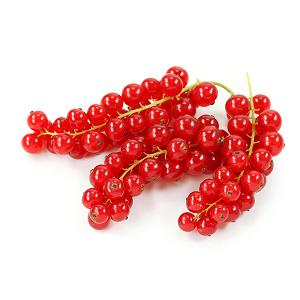
Fruits are generally high in fiber, water, vitamin C and sugars, although this latter varies widely from traces as in lime, to 61% of the fresh weight of the date. Fruits also contain various phytochemicals that do not yet have an RDA/RDI listing under most nutritional factsheets, and which research indicates are required for proper long-term cellular health and disease prevention. Regular consumption of fruit is associated with reduced risks of cancer, cardiovascular disease (especially coronary heart disease), stroke, Alzheimer disease, cataracts, and some of the functional declines associated with aging.
Because fruits have been such a major part of the human diet, different cultures have developed many different uses for various fruits that they do not depend on as being edible. Many dry fruits are used as decorations or in dried flower arrangements, such as unicorn plant, lotus, wheat, annual honesty and milkweed. Ornamental trees and shrubs are often cultivated for their colorful fruits, including holly, pyracantha, viburnum, skimmia, beautyberry and cotoneaster.

Fruits of opium poppy are the source of opium which contains the drugs morphine and codeine, as well as the biologically inactive chemical theabaine from which the drug oxycodone is synthesized. Osage orange fruits are used to repel cockroaches. Bayberry fruits provide a wax often used to make candles. Many fruits provide natural dyes, e.g. walnut, sumac, cherry and mulberry. Dried gourds are used as decorations, water jugs, bird houses, musical instruments, cups and dishes. Pumpkins are carved into Jack-o'-lanterns for Halloween. The spiny fruit of burdock or cocklebur were the inspiration for the invention of Velcro.
For food safety, the CDC recommends proper fruit handling and preparation to reduce the risk of food contamination and foodborne illness. Fresh fruits and vegetables should be carefully selected. At the store, they should not be damaged or bruised and pre-cut pieces should be refrigerated or surrounded by ice. All fruits and vegetables should be rinsed before eating. This recommendation also applies to produce with rinds or skins that are not eaten. It should be done just before preparing or eating to avoid premature spoilage. Fruits and vegetables should be kept separate from raw foods like meat, poultry, and seafood, as well as utensils that have come in contact with raw foods. Fruits and vegetables, if they are not going to be cooked, should be thrown away if they have touched raw meat, poultry, seafood or eggs. All cut, peeled, or cooked fruits and vegetables should be refrigerated within two hours. After a certain time, harmful bacteria may grow on them and increase the risk of foodborne illness.
